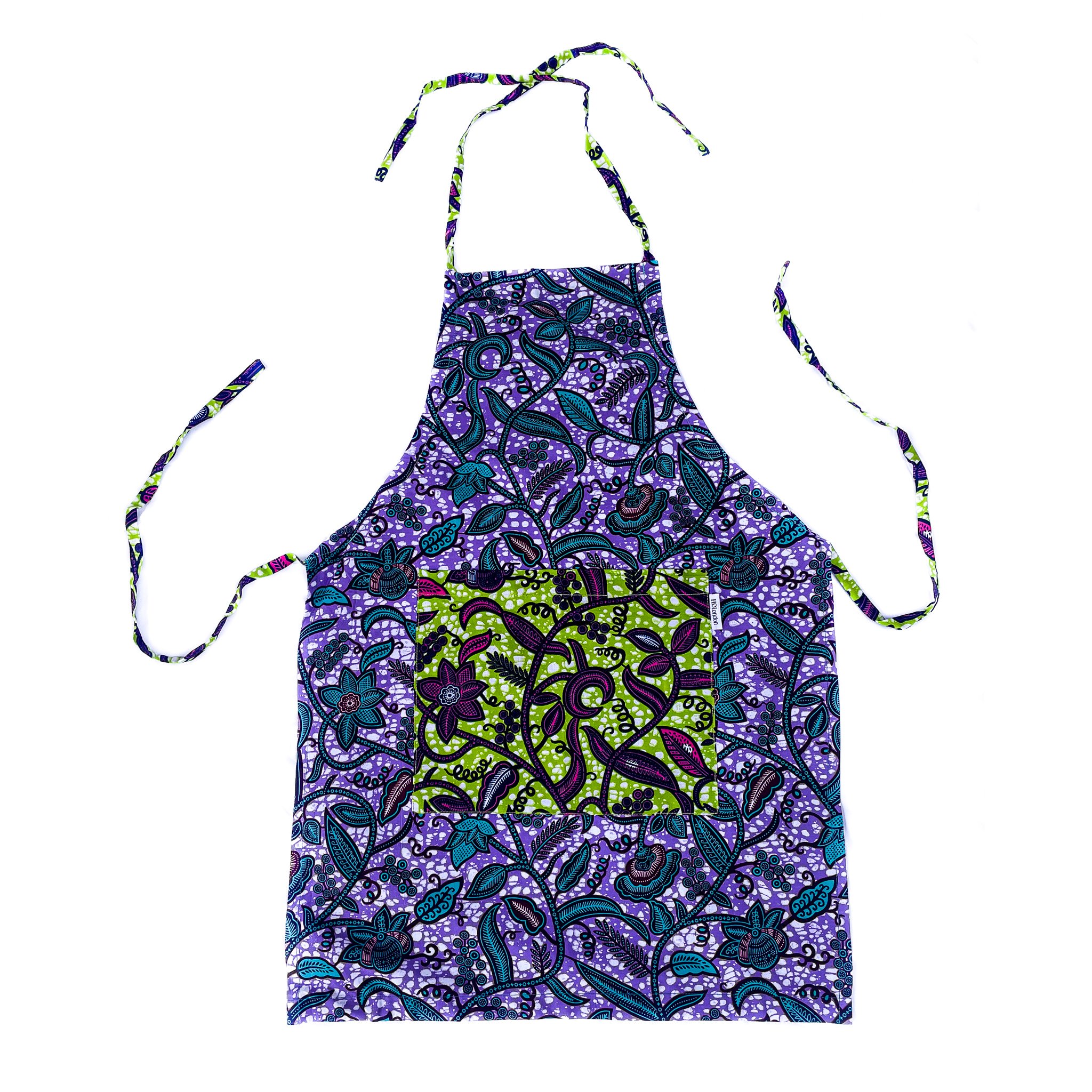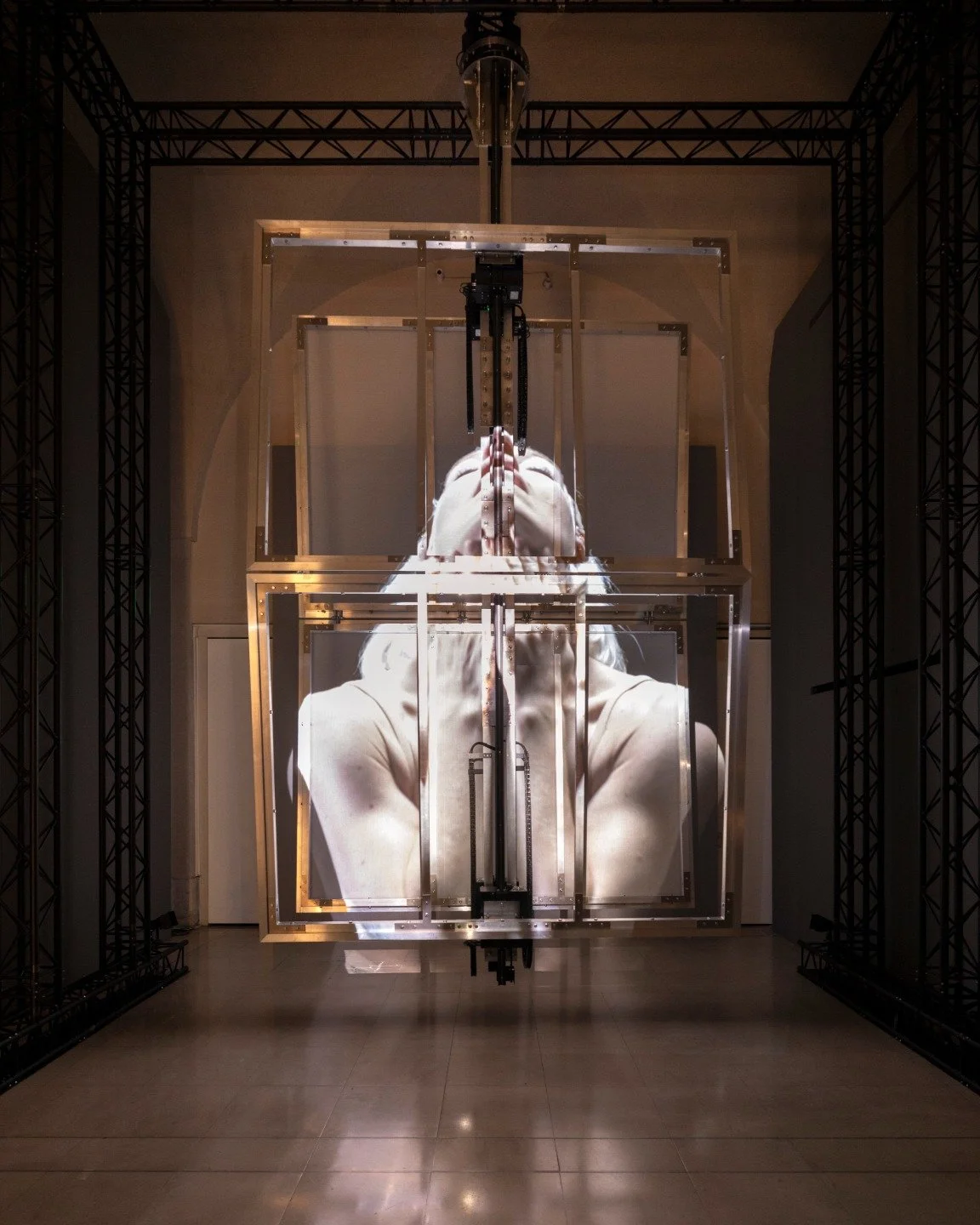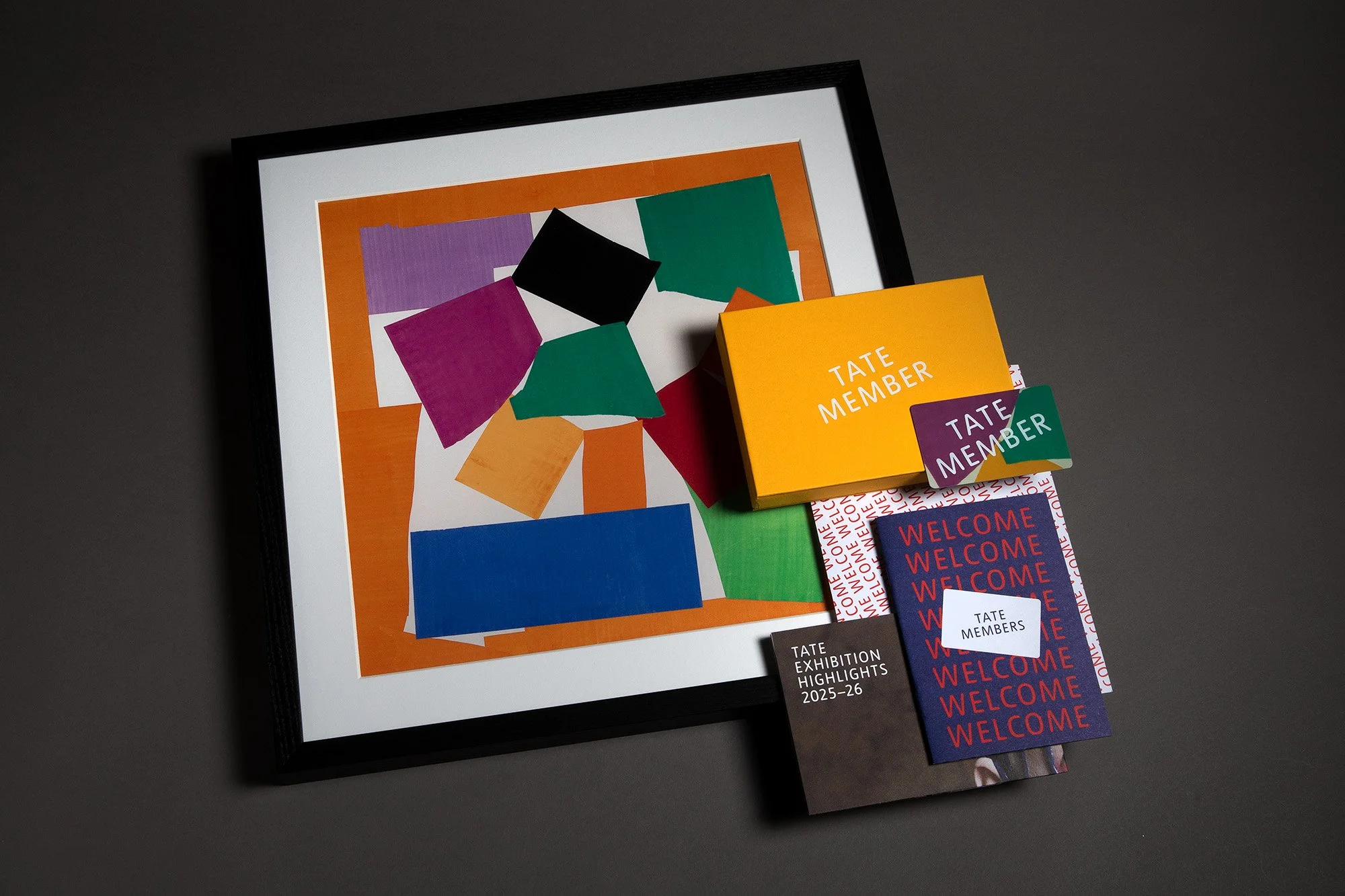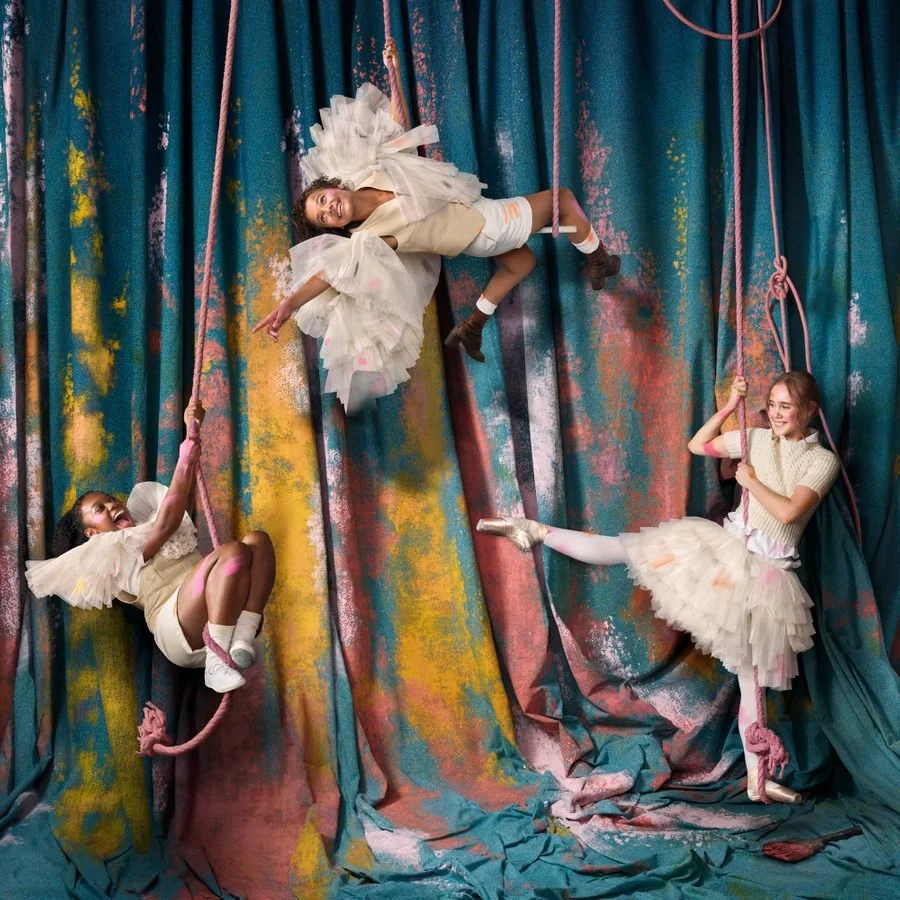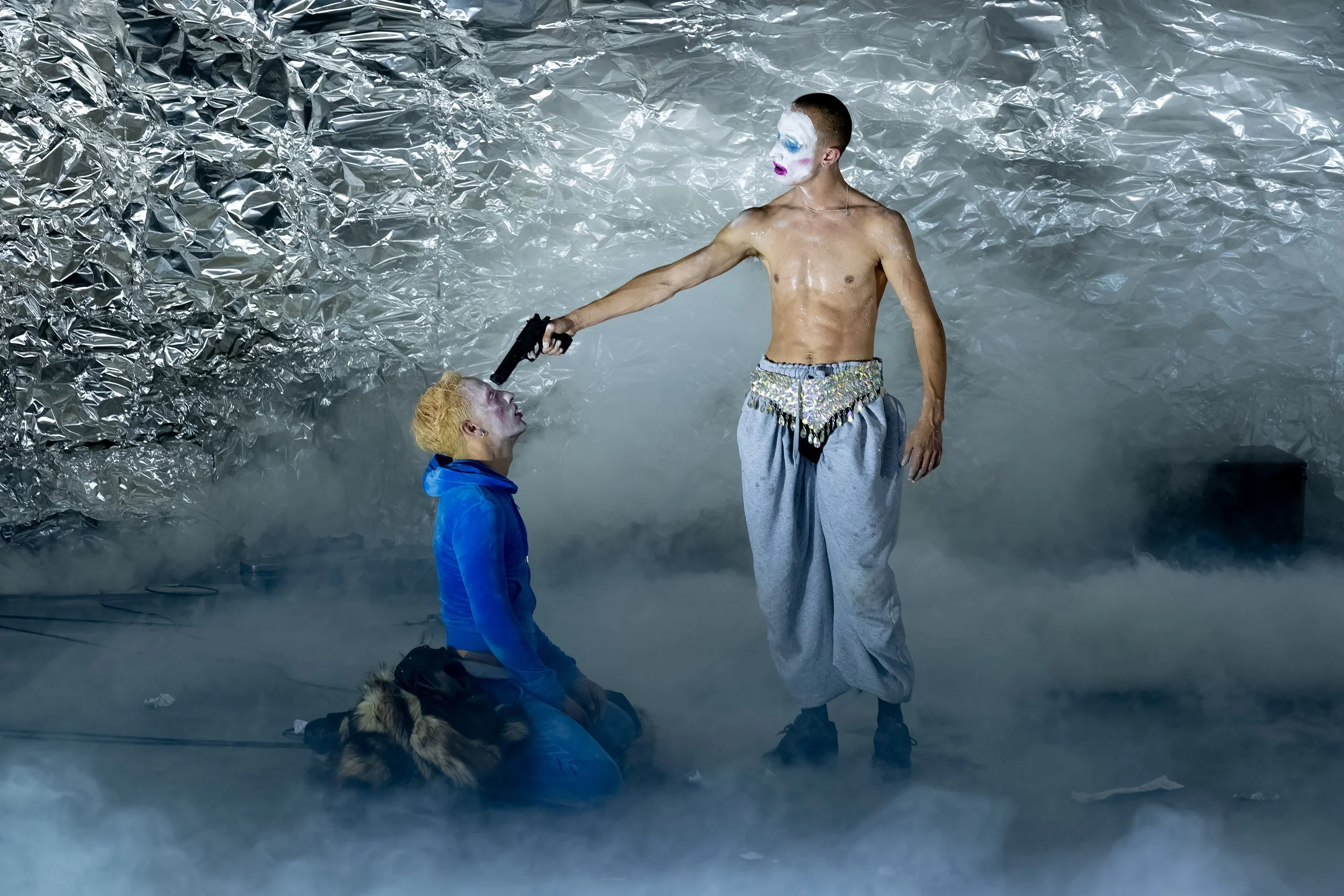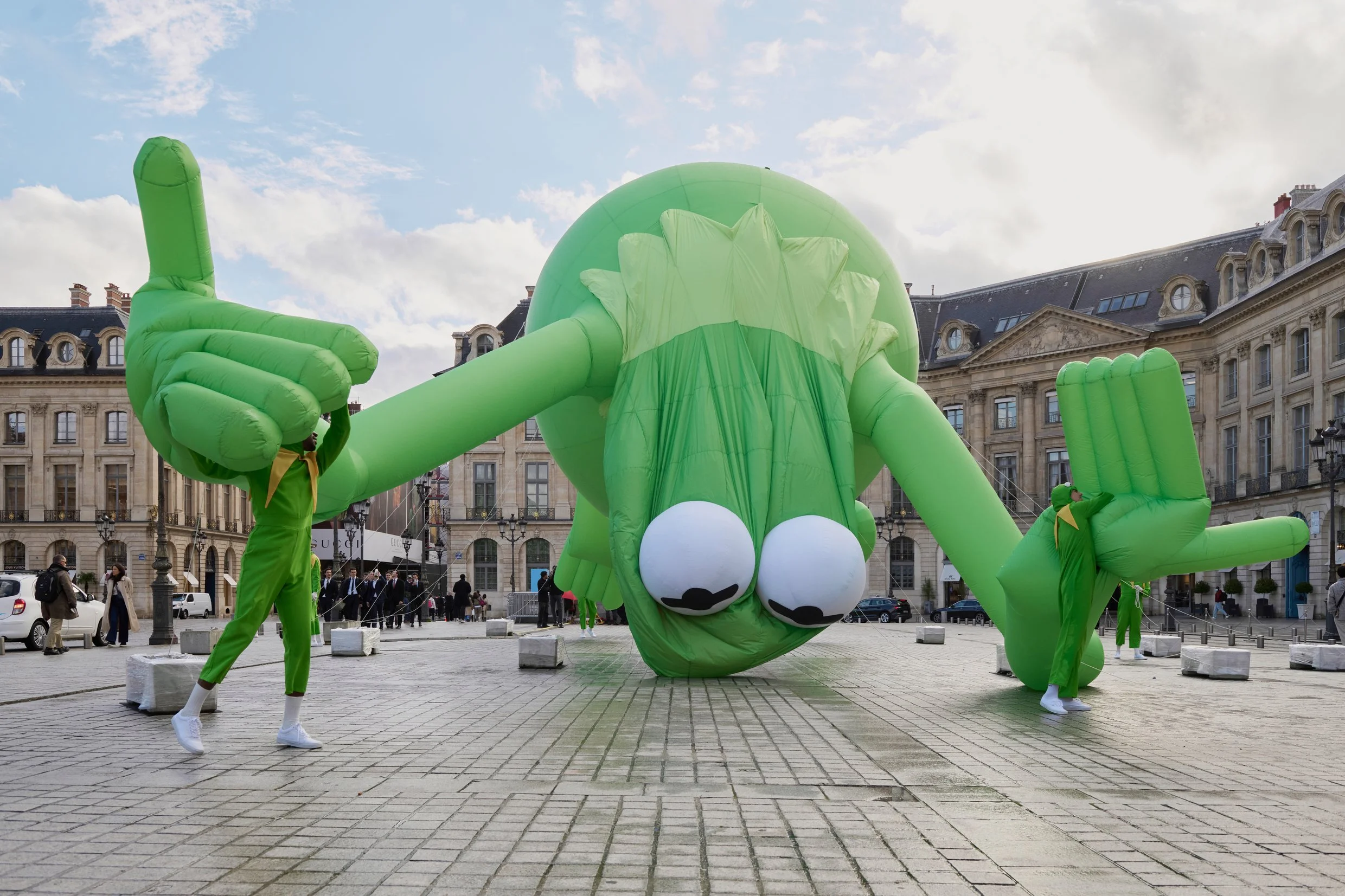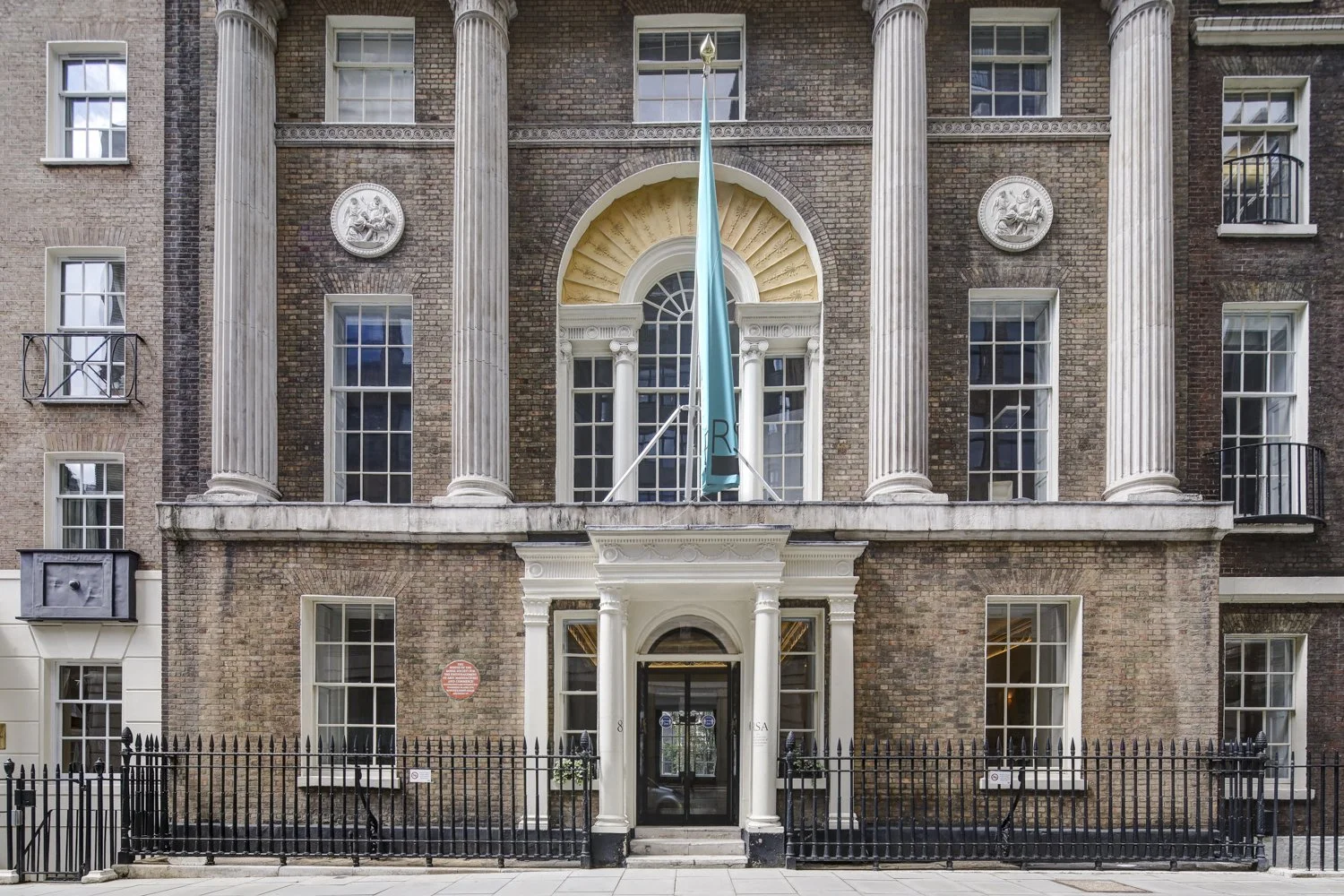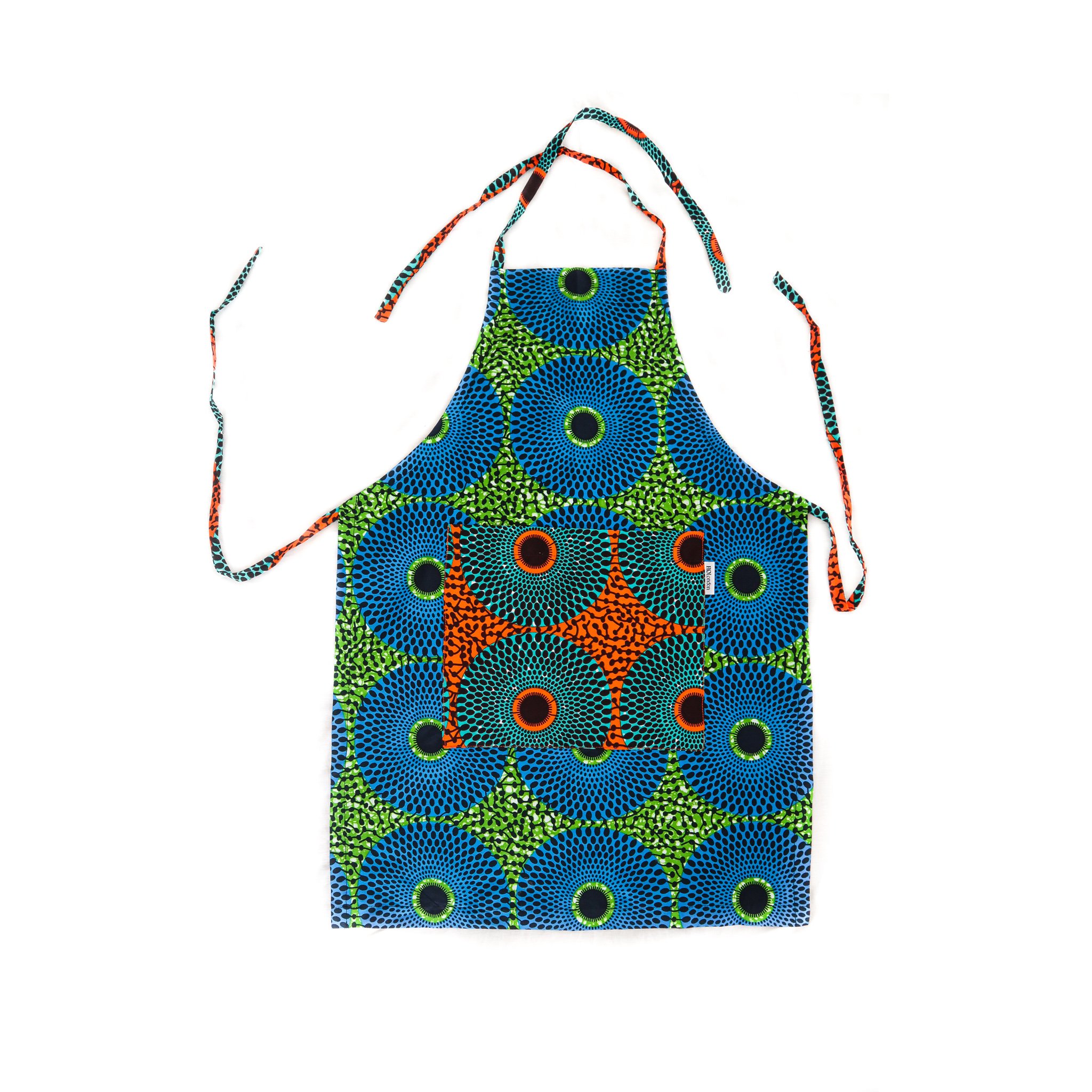Why UTS 2025 might be tennis’s most important tournament yet
The stage is set for a showdown that might reshape the very expectations of professional tennis. From 5 to 7 December 2025, the Ultimate Tennis Showdown (UTS) Grand Final returns to London’s Copper Box Arena with its boldest edition yet. In a season brimming with familiar formats and headline-grabbing rivalries, one competition dares to write its own rulebook.
UTS presents a direct challenge to how the sport defines excellence, demands performance, and connects with those watching. It stands on the brink of becoming something far more influential than a passing novelty.
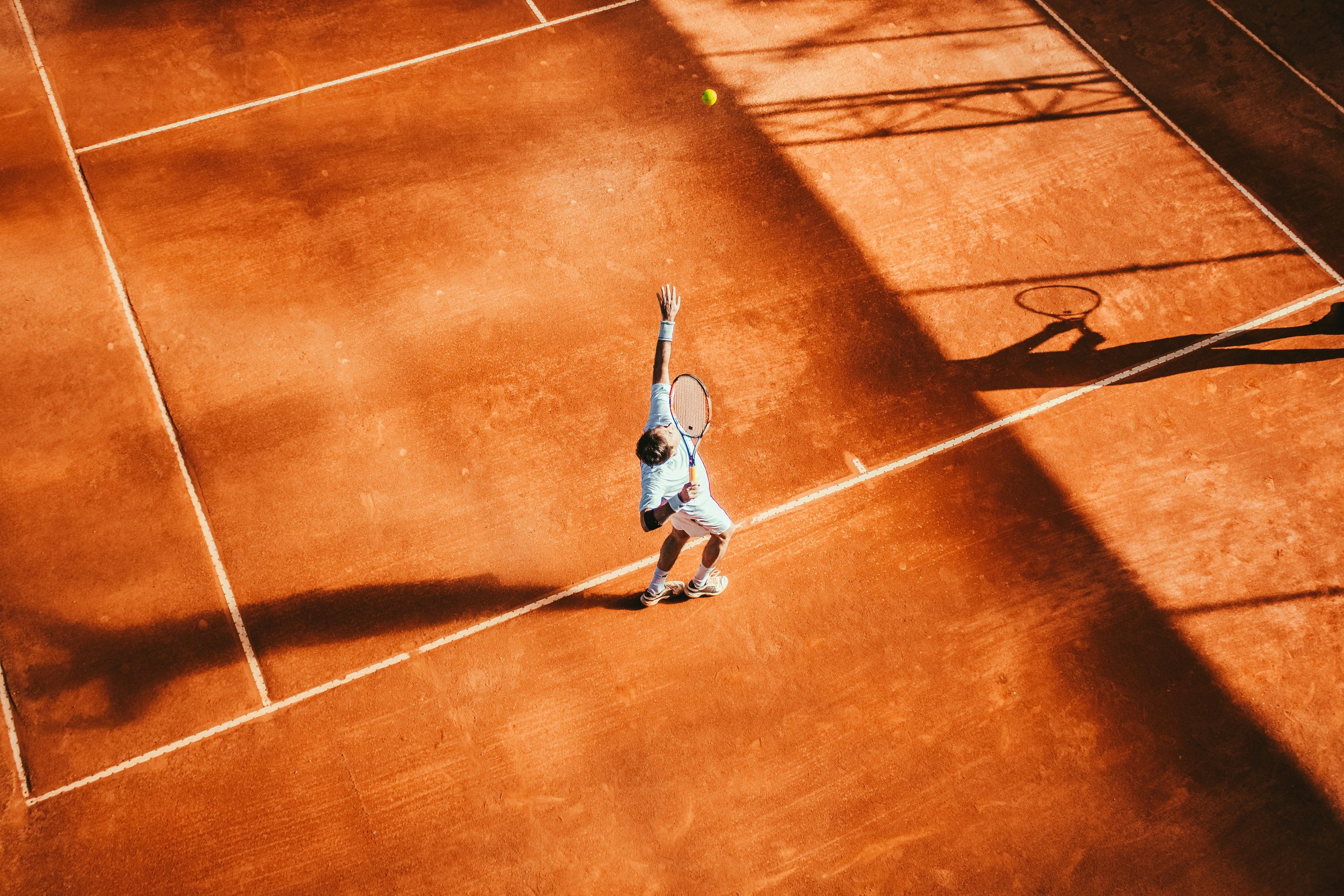
A Format That Forces Everyone to Rethink
UTS matches follow a four-quarter structure, each lasting eight minutes. There is no lengthy preamble between serves, no second chances from the baseline. Each rally begins with one serve, delivered no more than fifteen seconds after the last point. Victory goes to the player who first secures three quarters. If they reach two apiece, a sudden death settles the score.
Scoring follows a direct, linear model. Every point secured adds one to the total, with no use of traditional sequences such as 15-30-40 or extended deuce exchanges. Strategic complexity is introduced through bonus cards, which provide players with defined tactical options during play. These elements carry competitive significance and have a measurable impact on momentum, posing challenges even for highly experienced opponents.
Coaching occurs in real time and is fully audible. Players and their teams communicate via live microphones, while match officials integrate brief interviews between quarters. This open format provides clear insight into strategic adjustments and psychological dynamics under duress. The spectator’s role departs from quiet observation. Audience participation is encouraged without restraint, accompanied by music directed by a DJ and commentary from an MC. The environment operates at full intensity from start to finish.
Analysts and Audiences Are Taking Notice
Observers within professional tennis have begun to assess the Ultimate Tennis Showdown with increasing seriousness. The format, once treated as a sideshow, now presents valuable data points for analysts, commentators and coaches alike. Its open coaching rules, rapid scoring and relentless pace reveal behavioural patterns that standard matches often obscure. Player responses to real-time instructions and visible tactical shifts provide a clearer window into decision-making under duress.
This shift has not gone unnoticed in circles where match outcomes are scrutinised with precision. Those who follow tennis betting, including markets built around tournaments like Wimbledon or the ATP Challenger circuit, have recognised the relevance of UTS results. Matches played under these alternative conditions help reveal who adapts quickly, who maintains composure when routines are disrupted, and who can deliver under a compressed timeline. These are not peripheral insights. They carry across surfaces and seasons.
Spectators, too, approach UTS with growing interest. The traditional buffer between athlete and audience has been removed. Reactions are immediate. The environment is louder, the tempo unrelenting. Some view the presentation as stark. Others see an opportunity to study the sport in a different light, one stripped of delays and formalities. Those who analyse performance, whether for commentary or calculation, now include UTS in their view of form, momentum and potential. The implications stretch beyond the Copper Box Arena.
London Returns as a Serious Tennis Capital
The Copper Box Arena, situated within Queen Elizabeth Olympic Park, will once again serve as the venue for the Ultimate Tennis Showdown following its record-breaking debut. In 2024, over 21,000 spectators attended across four sessions, marking the highest cumulative attendance in UTS history. Such numbers, particularly in a sport often characterised by exclusivity, speak to the format’s ability to reach wider audiences.
The 2025 Grand Final brings with it a total prize fund of $1,865,000 USD. An undefeated champion could receive up to $922,000, a figure that rivals the rewards offered by many established tournaments outside the Grand Slam calendar. The structure incentivises consistency across the entire weekend, leaving little room for measured pacing or strategic restraint.
Only eight players will qualify for the event, based on performances throughout the UTS calendar. Tomas Machac secured his place by winning in Guadalajara, while Casper Ruud, a three-time major finalist, booked his ticket with victory in Nîmes. Additional places will be decided through the UTS Hong Kong event in October, the overall UTS rankings, and two wildcard entries. Each participant must compete in multiple round-robin matches, and only sustained form will be enough to advance to the semi-finals. Early errors are likely to prove decisive.
A Style Made to Suit Today’s Athletes
Many sports are adapting formats to shorten play, raise intensity and encourage unpredictability. UTS meets this shift with precision. The structure highlights stamina, clarity under pressure and sharp execution rather than patience or traditional discipline. These matches feature no long games decided by relentless serves and rallies grinding past the half-hour mark. Instead, the focus turns to the instant. The shot that must land, the choice that must be made in five seconds or less.
Players like Alex de Minaur, known for his relentless footwork and tactical bravery, flourish in this kind of theatre. Jakub Menšík, who recently took Miami by storm, could thrive through natural pace and courage. Others, such as Andrey Rublev or Gaël Monfils, bring charisma and expressive play that match the pulse of the format. The court becomes more than a rectangle for competition. It turns into a space where reaction and improvisation trump calculation.
Each match becomes less about navigating an opponent’s rhythm and more about disrupting it. The intensity never wanes. Traditionalists may frown at the lack of silence between points. Yet the players who rise in this environment are often the same ones who excite neutral crowds in more conventional events. That correlation speaks volumes.
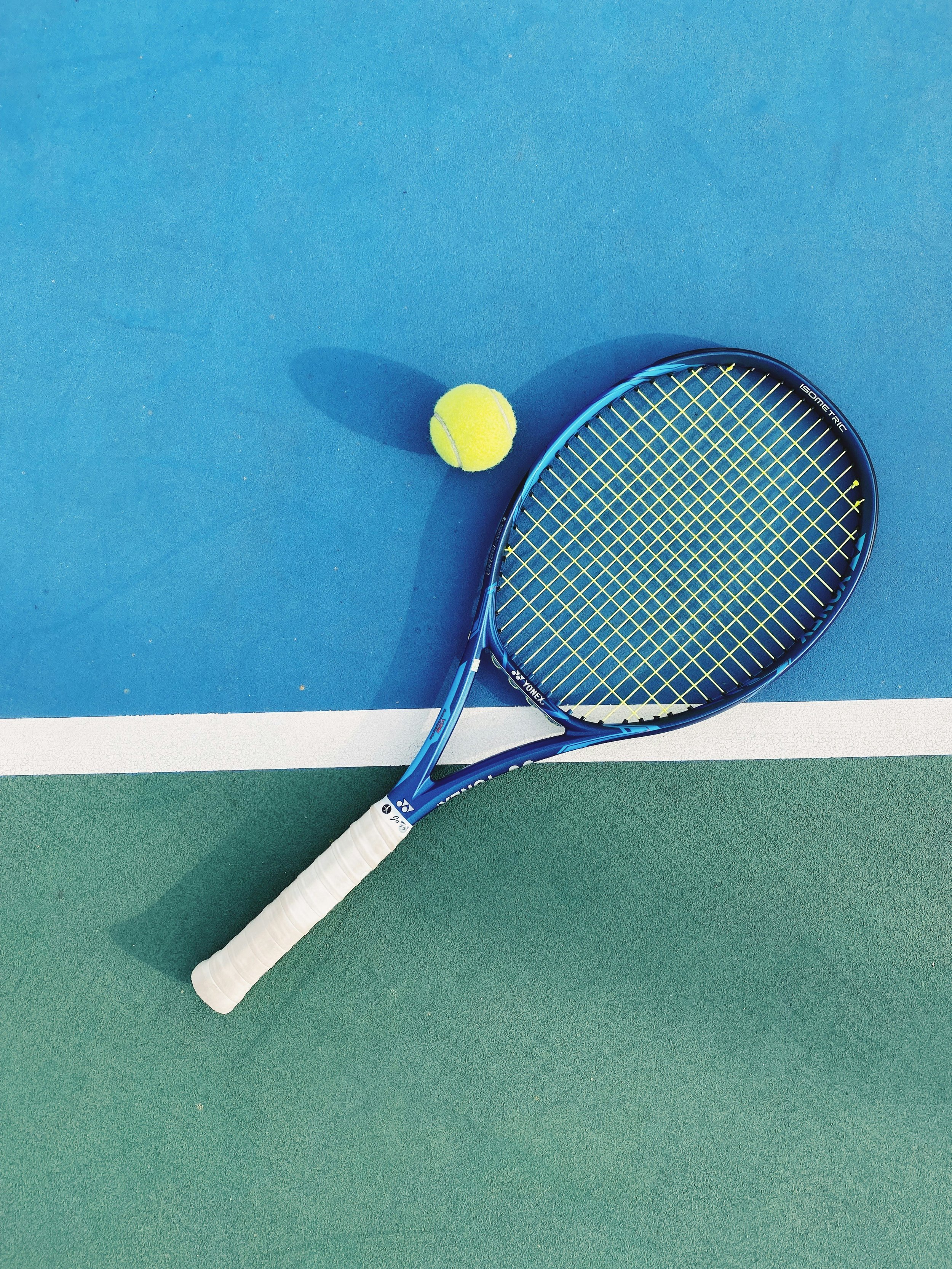
A Tournament That Raises a Larger Question
Among Londoners tennis fans, there is growing recognition of UTS as more than a spectacle. The return of UTS to London invites a larger reflection. The tennis calendar holds dozens of tournaments with rich traditions. Yet few possess the audacity to alter the structure so dramatically. UTS does not replicate an existing mould. It rejects the presumption that tennis must present itself in a particular manner.
This tournament creates pressure points at every stage. The players cannot ease into form over a five-set format. The crowd cannot remain passive. The coaches cannot hide behind text messages or sidelong glances. Everyone must act, speak and decide in real time.
The tradition-bound corners of tennis may resist this approach. However, those who adapt tend to define the next chapter. UTS has not replaced anything. It entered the room and rearranged the furniture. One can either sit on the old chairs or consider what the new setup allows.
By placing athletic performance under a brighter spotlight and stripping back the usual filters, UTS offers more than spectacle. It gives tennis a different kind of clarity. Whether it proves to be a lasting shift or just a fleeting trend, the 2025 Grand Final could well be remembered as the turning point where that new direction became undeniable.
From the joys of Christmas at Kew to the lively Smithfield meat auction, and from major concerts and ballets to intimate workshops and family-friendly trails, the city offers an extraordinary mix of experiences. This guide brings together the very best of Christmas in London…
This guide highlights some of the must-see art exhibitions to visit over the festive period in London, including the days between Christmas and New Year’s. From major retrospectives of international masters such as Kerry James Marshall, Wayne Thiebaud, and Anna Ancher, to engaging contemporary works by Danielle Brathwaite-Shirley, Jennie Baptiste, and Tanoa Sasraku…
London’s cultural scene, a gallery or museum membership is the perfect alternative to another pair of socks. From unlimited access to exhibitions and exclusive events to discounts in shops and cafés, these memberships offer experiences that can be enjoyed throughout the year, while also supporting the vital work of arts organisations…
Your guide to London’s can’t-miss events this week, 17–23 November 2025, from Cabaret Voltaire live at ICA to Ballet Shoes at the National Theatre and The Evolution of UK Jazz at the Barbican…
Charlotte Winifred Guérard is a London-based artist and recent graduate of the Royal Academy of Arts School, where she was recognised as a Paul Smith’s Foundation scholar for her artistic achievement. Her work has been exhibited at the Royal Academy, Coleman Project Space, Fitzrovia Gallery, Messums and Palmer Gallery, and she has completed prestigious residencies including…
This week in London, you can enjoy festive ice skating, Christmas lights, jazz and classical concerts, and a range of art exhibitions. Highlights include Skate at Somerset House, Christmas at Kew, the EFG Jazz Festival, and the Taylor Wessing Photo Portrait Prize 2025…
From the 6th to the 9th of November, the leading West African art fair Art X Lagos celebrates its 10th birthday at the Federal Palace on Victoria Island. Founded by Tokini Peterside-Schwebig in 2016, the fair has become an unmissable event in the global art calendar, attracting galleries from over 70 countries and participants from 170 countries since its launch…
If you’re after something bold, queer and completely uncategorisable this November, you need to know about KUNSTY, the Southbank Centre’s brand new four day performance series running from 5-8 November 2025…
London’s most beloved Christmas activity is back. As festive cheer returns to the city, with twinkling lights and the scent of mulled wine drifting through the air, for many Londoners and visitors from further afield, nothing quite captures the spirit of the city at Christmas like strapping on a pair of skates and stepping onto the ice…
As the crisp autumn air settles over London, the iconic gardens of Berkeley Square are once again hosting one of the most anticipated gatherings in the art and antiques world: the LAPADA Fair 2025, running from 28 October to 2 November…
November is a lively time to be in London, with the festive season in full swing and the city buzzing with events. From skating at Somerset House to Christmas lights switch-ons and festive markets like the Southbank Centre Winter Market, there are plenty of ways to embrace the holiday spirit. Beyond the seasonal festivities, London’s cultural calendar is brimming with art, music, and performance…
As far as weekend getaways go, this 70-acre estate offers a peaceful country escape with all the best elements of a traditional hotel experience. Staffordshire, arguably, is not yet on the map for luxury and leisure but set in the heart of the beautiful Staffordshire Moorlands, The Tawny surely is a beacon of things to come…
Art Basel Paris returns to the Grand Palais for its second edition from 24–26 October 2025, bringing together 206 leading galleries from 41 countries and territories. Below is our guide to seven artists not to miss at this year’s edition, each presenting distinctive work through their galleries…
Art Basel Paris 2025’s Public Programme turns the city into a stage for contemporary art, placing bold, large-scale works in streets, courtyards, and cultural landmarks - all free to visit. From a dreamy opera of 30 surreal figures at Palais d’Iéna to a colossal Kermit the Frog balloon looming over Place Vendôme, here is our guide to five standout works from the Art Basel Public Programme that you simply cannot miss…
Frieze London 2025 returns to Regent’s Park with a dynamic mix of emerging and established galleries, reaffirming the city’s creative pulse. Highlights include Esther Schipper’s dreamlike works by Sarah Buckner, Gagosian’s vibrant installation by Lauren Halsey, and Pace’s meditative paintings by William Monk. From Do Ho Suh’s ethereal fabric architectures at Lehmann Maupin…
Paris launches into its own spectacular celebration of art each October, transforming the city into a hub for collectors, curators, and cultural enthusiasts. From the grandeur of Art Basel Paris at the newly renovated Grand Palais to the focused energy of Paris Internationale, OFFSCREEN, AKAA and Menart, each fair contributes something unique to the city’s vibrant art scene.
British Ceramics Biennial is back and better than ever. Running until 19 October 2025, the dynamic programme of free exhibitions, screenings, talks and events is proving a hit with both locals and critics…and just an hour and a half’s train away from London, it’s well worth a day trip…
Echoes of Migration is the flagship summit to launch new not-for-profit platform Art Voyage this autumn. Echoes of Migration officially inaugurates Art Voyage’s innovative, itinerant cultural programme…and gears us up for what is in store for the Art Voyage Biennial….
Betty Ogundipe (b. 2001) is a multidisciplinary artist of Nigerian heritage whose work explores resilience, femininity, and the power of love and resistance. Her debut solo exhibition, LOVE/FIGHT at Tache Gallery…
The V&A’s Marie Antoinette Style, sponsored by Manolo Blahnik, is being hailed as the first landmark exhibition in the UK devoted to France’s most infamous Queen of Fashion. It is a glittering journey through silk, flamboyance and legacy….
Malta is fast becoming one of the Mediterranean’s hottest destinations, offering sun-soaked beaches into October, a thriving arts and culture scene, and stunning architecture and landscapes…
This October in London offers everything from Frieze and the BFI Film Festival to Peggy Gou, the London Literature Festival, and Halloween at Kew.
From The Phoenicia Hotel and Iniala Harbour House, Valletta showcases some of Malta’s finest hotels, ranging from landmark luxury where royalty once danced to boutique hideaways filled with Maltese art…
Discover the best restaurants in Malta, where to eat, drink and enjoy authentic Maltese food and Michelin-star dining…
October is the month for art in London, thanks to Frieze and several other art fairs taking place across the city. There will be a significant programme of shows across the capital’s galleries and institutions. Notable openings include Cosima von Bonin’s Upstairs Downstairs at Raven Row, examining 35 years of work through objects, characters, and early pieces unseen for more than a decade; Wolfgang Tillmans’ Build From Here at Maureen Paley, and Arthur Jafa’s first exhibition at Sadie Coles HQ…
This week in London, explore modern and contemporary art at the British Art Fair, experience couture drama with LACRIMA at the Barbican, celebrate heritage at the Chelsea History Festival, enjoy a decade of dance with Acosta Danza at Sadler’s Wells, and step into Shakespeare’s world with Hamlet at the National Theatre…
With just 100 days to go until Christmas, London’s West End is preparing for the festive season. Carnaby Street and Covent Garden have confirmed their 2025 Christmas lights switch-on dates, signalling the start of celebrations across the capital…
Ladbroke Hall has been a fixture in Notting Hill since 1903, when it opened as the Clément-Talbot car showroom, Britain’s first purpose-built car factory. Designed to resemble an English country house, the building has since served a variety of roles, from producing military vehicles during the First World War to housing Thames Television in the 1980…
An essential guide to Ibiza, from modern art at MACE and Museo Puget, to cliffside dining at Amante and farm to table dining at Juntos House, iconic nightlife at Pacha and Ushuaïa, and serene luxury at Soho Farmhouse Ibiza…
